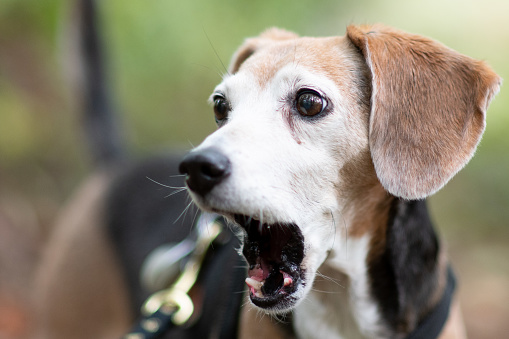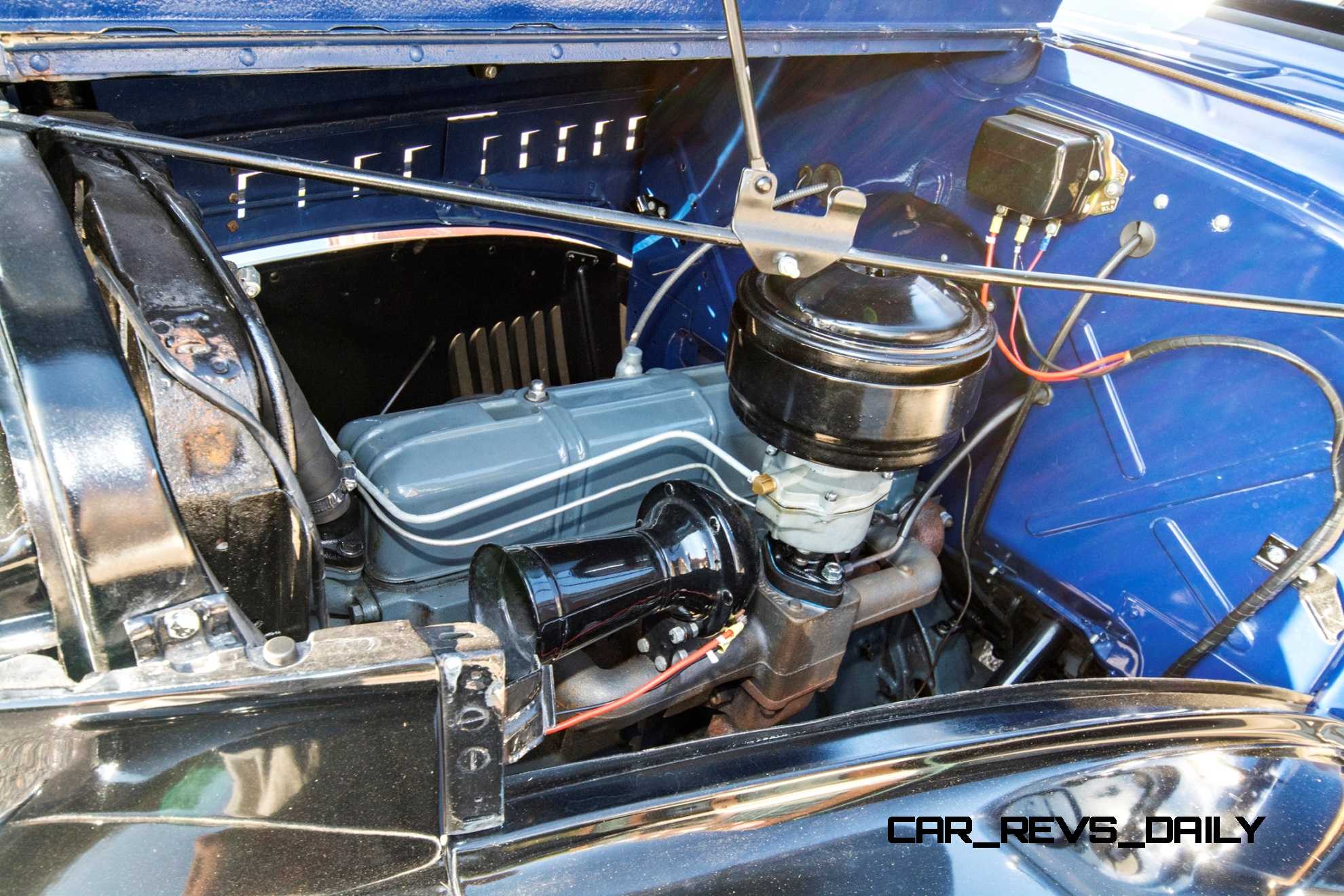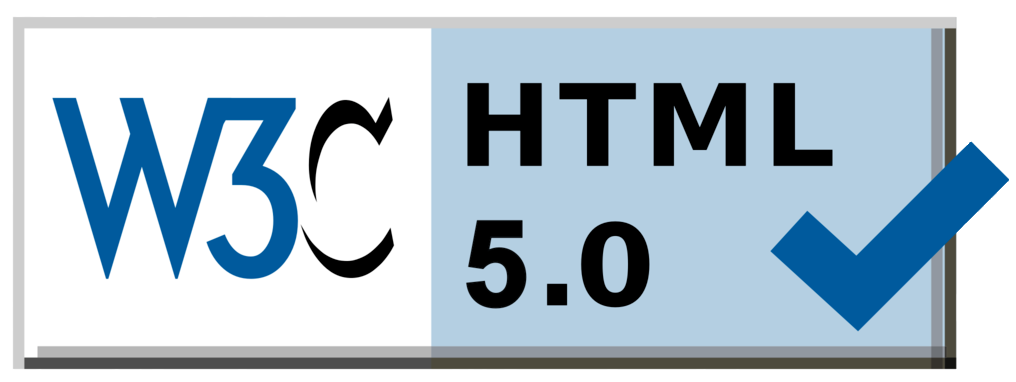While looking over my small stash and doing research on a possible project, I started researching the 1941 Chevy Pickup and found a lot of very interesting information and history about this particular year truck. This is why I picked it for my next project. As I continued researching this pickup I expanded my next project to not one, but three models...
WHAT AM I THINKING????
Three projects at the same time!?

The three projects are:
- 1941 Chevy Pickup (Revell)
- 1941 Plymouth Coupe (AMT)
- B-24D Liberator Bomber (Revell)
A Brief History
1941 was a significant year in car and truck production because of World War II (WWII).
The Japanese attached Pearl Harbor on December 07, 1941, "A day that will live in infamy" . Franklin Delano Roosevelt (FDR) addressed congress on December 08, 1941 and congress declared war on Japan that same day.
One month after the attack, FDR established the War Production Board (WPB) that would convert peacetime industries into manufacturing plants for military equipment and weapons along with conservation of metal, rubber, paper, plastic and petroleum. The WPB remained in effect until October 1945.
In February 1942, under WPB, the U.S. Federal Government ordered U.S. auto makers to stop civilian vehicle production. The impact of the WPB on the auto manufacturing industry reduced vehicle production from 3-million vehicles in 1941 to a total of only 139 civilian vehicles during the entire war.
Auto makers would now start building guns, trucks, tanks and aircraft engines. Following are a few examples of manufacturers and what the produced toward the war effort:
-
Chrysler, Dodge and Plymouth produced tanks,
ambulances, trucks and staff cars. They also
produced SCR584 Radar-Guided Anti-Aircraft
Guns, Bofors Anti-Aircraft Guns, engines for
the B-29 Superfortress Bomber, Ammunition and
Shot, and more
-
Ford build a plant at Willow Run, Michigan, also
known as Air Force Plant 31, and started
building the B-24 Liberator
- Chevrolet produced armored cars & and trucks, ambulances, shells, aircraft engines & parts, and gun parts
The 1941 Chevy Pickup
In 1942, there was a very short run of 1942 vehicles. The 1941 models were essentially the last civilian vehicles prior to the U.S. entering WWII. the 1942 models were really the same as the '41's. It has been said that the 1941 Chevy trucks were built stronger, on purpose, because the smell of war was in the air.
In 1941, Chevy produced 65,500 pickup's. The following year production was only 23,700; however, after the war, in 1948 the number of pickup's produced were over 69,000.
While researching body colors and color schemes available in 1941 for the Chevy 1/2-ton pickup, there were a lot of variations depending on the website viewed. Following is a table of color chips found at Auto/Truck/Fleet Paint Cross Reference @ PaintRef.com Chevy Truck Paint Cross-Reference .
| Chevy Pickup Body Colors | |||
|---|---|---|---|
| Color | Chip | Dupont or (Nason) Paint Code | Notes |
|
Cream Medium 234, T210 |
246-6596 93-530 |
T-Code for two-tone | |
|
Bordeaux Maroon 251, T240 |
93-1859M |
Tarrytown & Baltimore plants only |
|
|
Swift Red 255, T185 |
93-1863R | ||
|
Apple Green 257, T200 |
93-1650 | ||
|
Brewster Green 267, T260 |
93-2015 | ||
|
Boatswain Blue 269, T195 |
93-2063 | ||
|
Hollywood Tan 301, T230 |
93-2948 | Oakland plant only | |
|
Airedale Brown 307, T235 |
93-2588 | T235 upper body | |
|
Circassian Brown 308, T235 |
93-2536 | T234 lower body | |
|
Amour Yellow 312, T312 |
93-3421 | ||
|
Export Blue 314, T215 |
93-3430 | ||
|
Omaha Orange 626, T220 |
93-082 | ||
|
Sun |
(234) | ||
| Seacrest Green |
(524) (365 Combination) |
||
| Marine Blue |
(521) (363 Combination) |
||
| Windsor Blue |
(522) (364 Combination) |
||
| Export Blue |
(314) |
||
| Cape Maroon |
(520) (362 Combination) |
||
| Channel Green |
(532) (369 Lower Body) |
||
| Fathom Green |
(533) (369 Upper Body) |
||





